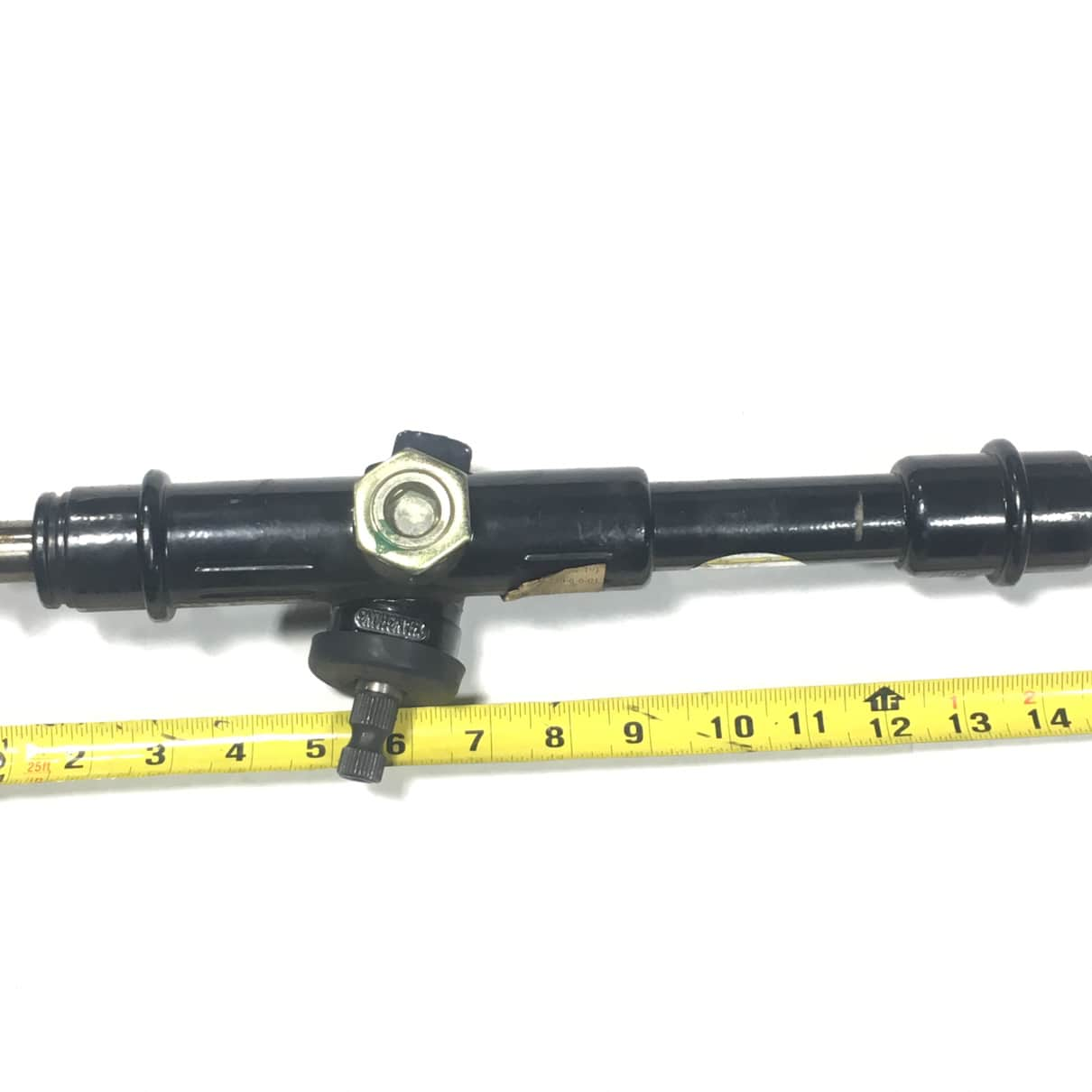

The IP addresses are assigned to devices, not to humans. The device can be a computer, mobile, tablet, or any other machine that is part of the TCP/IP-based network. Therefore, the Internet Protocol (IP) address is defined as a unique numeric string identifier separated by the periods and is allocated to each device on the internet. Moreover, address refers to the unique numeric string identifier that links all your internet activities. The protocol means the guidelines or the rules and regulations to govern the connectivity on the internet. So the real question arises, what is the IP address? " What is my IP address" was searched millions of times on Google. You cannot ignore the importance of the IP address. You cannot check your email, your social media updates, even cannot perform any internet activity without an IP address. When you visit any website, how these websites come to know that you are the person that is requesting a specific URL. However, if we understand a bit more, we know that the internet can not work without an IP address. We usually do not care much about the importance of IP address. Each machine is connected to the internet and has a unique numeric string identifier, known as an IP address. Today, millions of websites on the internet are hosted and managed on web servers. Have you ever thought about how the internet comes to know that you want that exact website and, more importantly, how the website comes to know that you are the person who requested that specific URL to open in your system browser? When you write any valid URL address in your browser bar, instantly, you land on the exact landing page that you requested. Similar to enable.IP Location Finder - Check Location of Public IP At the end we call sudo pfctl -s nat to see if changes were applied. Third line is with new redirect – in this case 80 to 8080. Rdr pass inet proto tcp from any to any port 80 -> 127.0.0.1 port 8080įirst two lines after echo are the entries that were already there. What interests us is actual entries so ommit first two info lines. My output was like: No ALTQ support in kernel First find what entries do you already have with: To extend solution from answer, I created two super-basic Shell Scripts to enable or disable redirecting without compromising already existing entries in pf. If you want to forward across different interfaces you have to enable this in /etc/nf: .forwarding=1
#177 242 8080 redirector update
With the default boot volume name Macintosh HD this is: /Volumes/Macintosh\ HD/usr/bin/nano /Volumes/Macintosh\ HD/System/Library/LaunchDaemons/Īlternatively you may create your own launch daemon similar to the answer here: Using Server 5.0.15 to share internet WITHOUT internet sharing.Īfter a system update or upgrade some of the original files above may have been replaced and you have to reapply all changes. SIP is disabled by default in Recovery Mode - so no need to execute csrutil: /Volumes/Name_of_boot_volume/usr/bin/nano /Volumes/Name_of_boot_volume/System/Library/LaunchDaemons/ In macOS 10.15 Catalina (and its read-only system volume) you have to edit the launch daemon in Recovery Mode.
#177 242 8080 redirector mac
After rebooting your Mac pf will be enabled (that's the -e option). You have to disable System Integrity Protection to accomplish this. Now modify /System/Library/LaunchDaemons/ from

Parse and test your anchor file to make sure there are no errors: sudo pfctl -vnf /etc/pf.anchors/ Load anchor "com.apple" from "/etc/pf.anchors/com.apple" Original file: scrub-anchor "com.apple/*" Modify the file /private/etc/pf.conf but keep a trailing empty line Or rdr pass inet proto tcp from any to any port 80 -> 127.0.0.1 port 8080 Rdr pass on en1 inet proto tcp from any to any port 80 -> 127.0.0.1 port 8080 Rdr pass on en0 inet proto tcp from any to any port 80 -> 127.0.0.1 port 8080 With the following content and a trailing empty line rdr pass on lo0 inet proto tcp from any to any port 80 -> 127.0.0.1 port 8080 Please adjust the redirections to your needs.Ĭreate an anchor file in /private/etc/pf.anchors sudo touch /private/etc/pf.anchors/ In the example below all port 80 requests are forwarded to port 8080 on the same host. The modern way to forward ports in El Capitan is using pf.


 0 kommentar(er)
0 kommentar(er)
